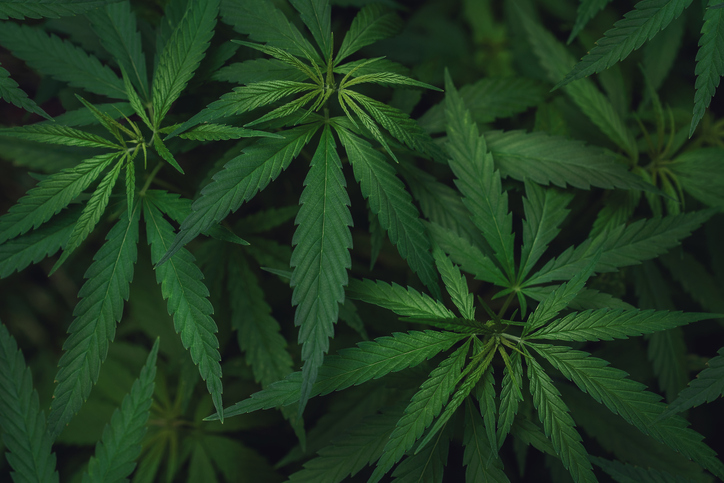
A member of the Cannabaceae family, hemp is a type of cannabis sativa that has hundreds of practical uses. Hemp cultivation dates back thousands of years, with civilizations across Europe, Asia, and Africa growing the plant for its durable fibers. Hemp found its way to North America in the 17th century, where farmers grew the crops for rope, cloth, paper, textiles, canvas sails, and lamp fuels.
Hemp – nature’s most versatile plant
Hemp is one of the most versatile plants in the natural world. It grows quickly, is frost and drought resistant, and requires no pesticides or heavy fertilization.
Every part of the hemp plant – from roots to seed – can be consumed, or processed into something useful. The seeds are protein-dense, nutritious, and can be processed into an eco-friendly biodiesel fuel. Hemp biofuel – made from renewable oilseed crops – is thought to offer a more sustainable and cost-effective alternative to fossil fuels.
Over the years, industrial hemp has yielded a growing number of products (more than 25,000 used worldwide), including:
- Building materials
- Plastic composites
- Textiles
- Biofuels
- Pharmaceutical skin care
- Health foods
- CBD tinctures
Companies like The Body Shop, Patagonia, and Ford Motors – to name a few — utilize raw hemp materials in many of their top-selling products. In the early 1940’s, Ford even built a prototype car made partially from hemp fibers, which are stronger than steel in both tensile and compressive strength.
Compared to wood, hemp requires fewer chemicals for pulping, and concrete-like blocks made with hemp and lime are an excellent insulating material used in construction. Hemp fibers are less costly than timber and have replaced wood in a number of construction applications.
When it comes to paper making, hemp is responsible for four times the raw material than trees, and the hemp plant matures in as little as 10 weeks. Until the early 1900’s, almost 90 percent of the world’s paper was made from hemp. Hemp paper places less strain on the environment, is more affordable to manufacture, and can be recycled up to 7 times.
Other key uses for industrial hemp
Considering that one acre of hemp produces as much fiber as three acres of cotton, it’s no wonder that this miracle plant is commonly used for making clothing and textiles. Hemp clothing is not only cheaper to make than clothing made from cotton or linen, it lasts longer, and has a much smaller carbon footprint.
Other valuable uses of the hemp plant:
- Sustainable bioplastics used in furniture, vehicles, and consumer electronics
- Highly digestible animal feed
- Personal care products – soaps, skin cream, shampoos, and lotions
- Textiles and carpet
- Shoes, jewelry, and accessories
- Rope and twine
- Health food – hemp seeds, hemp seed milk
- Construction materials for homes and the automotive industry
- Biofuel
- Animal bedding
- Cooking oil
- Insulation
- Medicinal products containing CBD
Bright future of hemp
Compared to cotton, soy, or corn, hemp is a more sustainable agricultural crop, with a much smaller ecological footprint. As of 2019, the USDA logged more than 146,000 acres of planted hemp across the nation.
Hemp has always been a multi-purpose plant, but the profitability of hemp-derived CBD oil has driven a renewed interest in large-scale industrial growth, which exploded after the 2018 Farm Bill.
Modern Canna provides a complete range of testing services for hemp and hemp-derived samples. When it comes to quality control and potency levels, it’s best to partner with an accredited hemp testing laboratory like Modern Canna. Contact our Lakeland, FL office for more information today.



 Modern Canna
Modern Canna